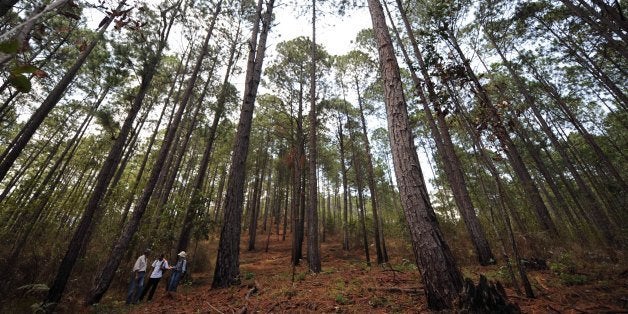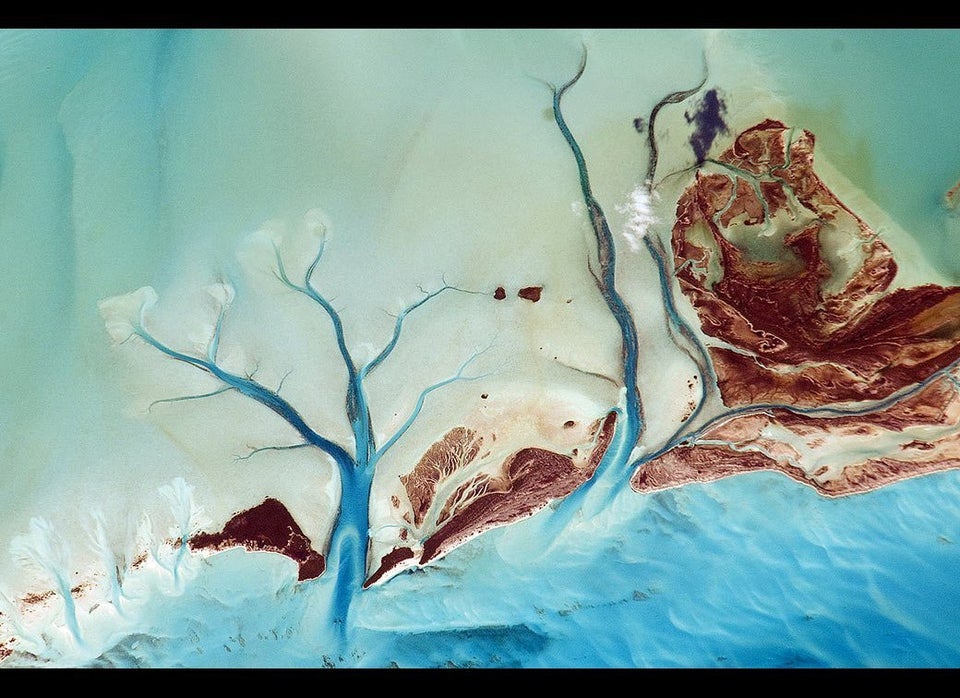
Drug traffickers in Central America a slashing vitally important rain forest ecosystems to make way for their illegal activities, causing massive deforestation wherever they operate, according to a study published this week in the journal Science.
Much of this ecological destruction is now taking place in countries such as Honduras, Guatemala and Nicaragua. The study's lead author, Ohio State University associate geology professor Kendra McSweeney, said this is a response to U.S.-led anti-trafficking efforts in Mexico, which have pushed traffickers into new territories. "In response to the crackdown in Mexico, drug traffickers began moving south into Central America around 2007 to find new routes through remote areas to move their drugs from South America and get them to the United States," McSweeney said in a news release. "When drug traffickers moved in, they brought ecological devastation with them."
The devastation takes many forms. Traffickers slash down forests to create secret, illegal smuggling roads or landing strips for airplanes. They also convert forests into agricultural businesses as a way to launder their drug profits.
McSweeney, who has been studying in Honduras for the past 20 years, first noticed rates of deforestation increasing in 2007, the same time period in which cocaine smuggling in the country also began to increase. The researchers found that annual deforestation rates in Honduras quadrupled between 2007 and 2011. Before the drug trade arrived, deforestation in Honduras was occurring at about 20 square kilometers per year, she told the BBC. "Under the narco-effect, we see over 60 square kilometers per year. In some parts of Guatemala, the rates are even higher. We're talking up to 10 percent deforestation rates, which is just staggering."
And it's not just the drugs themselves that are bad. The influx of cash – often in American currency – makes its way into the community, as do guns. According to the news release, this money "helps embolden resident ranchers, land speculators and timber traffickers to expand their activities, primarily at the expense of the indigenous people who are often key forest defenders." This leads to levels of violence that no one can escape. McSweeney told the BBC that Honduras currently has the world's highest homicide rate. Meanwhile, vast amounts of money go toward bribing government officials to look the other way.
The researchers made an interesting point by titling their paper "Drug Policy as Conservation Policy: Narco-Deforestation." McSweeney says effective policies against illegal drugs are also policies that affect conservation. "U.S.-led militarized interdiction, for example, has succeeded mainly in moving traffickers around, driving them to operate in ever-more remote, biodiverse ecosystems," she said. "Reforming drug policies" — in other words, legalization — "could alleviate some of the pressures on Central America's disappearing forests."
